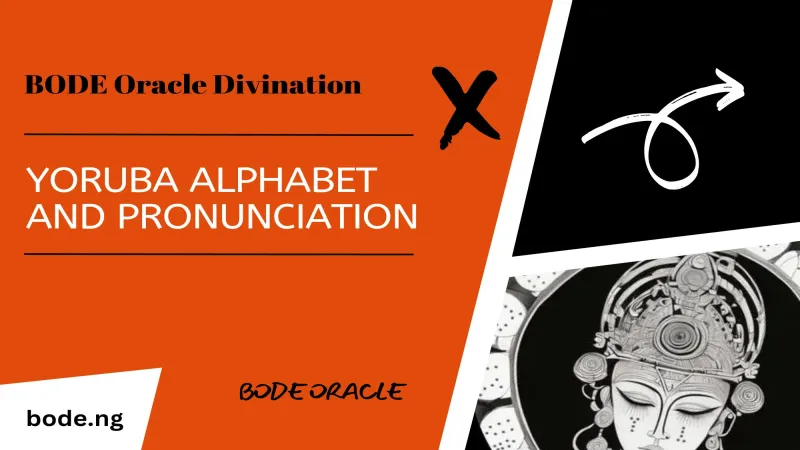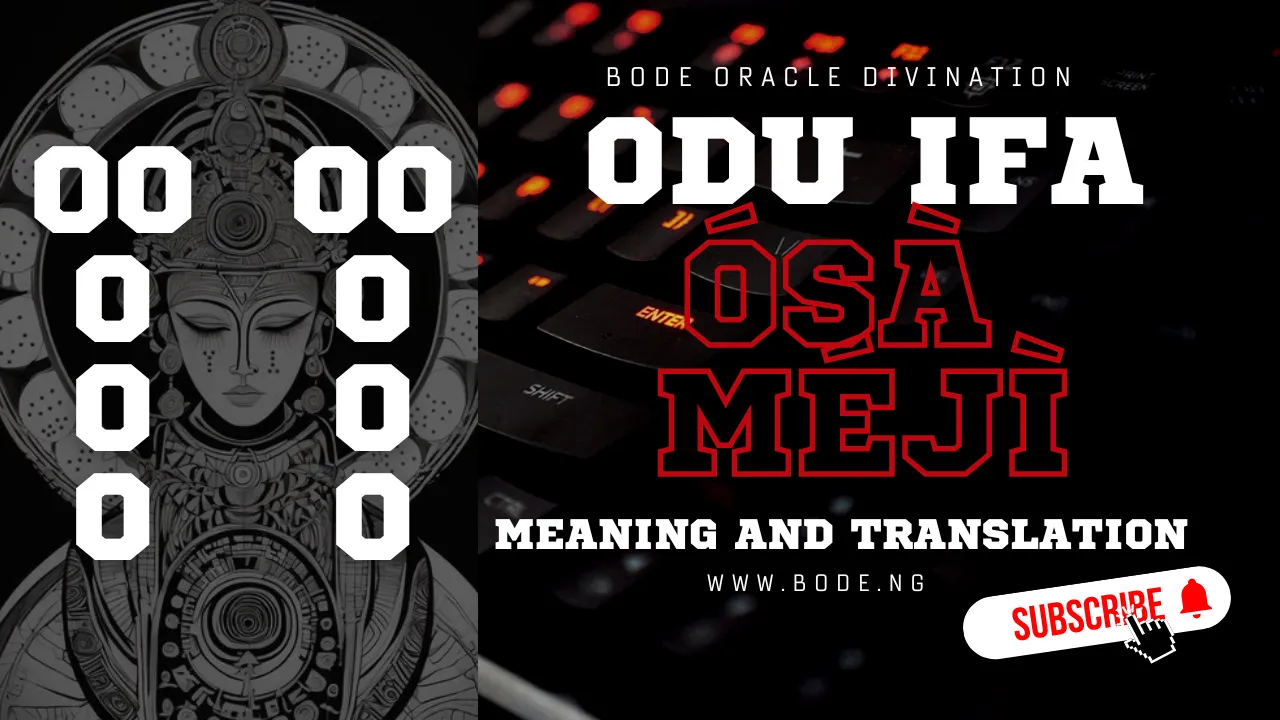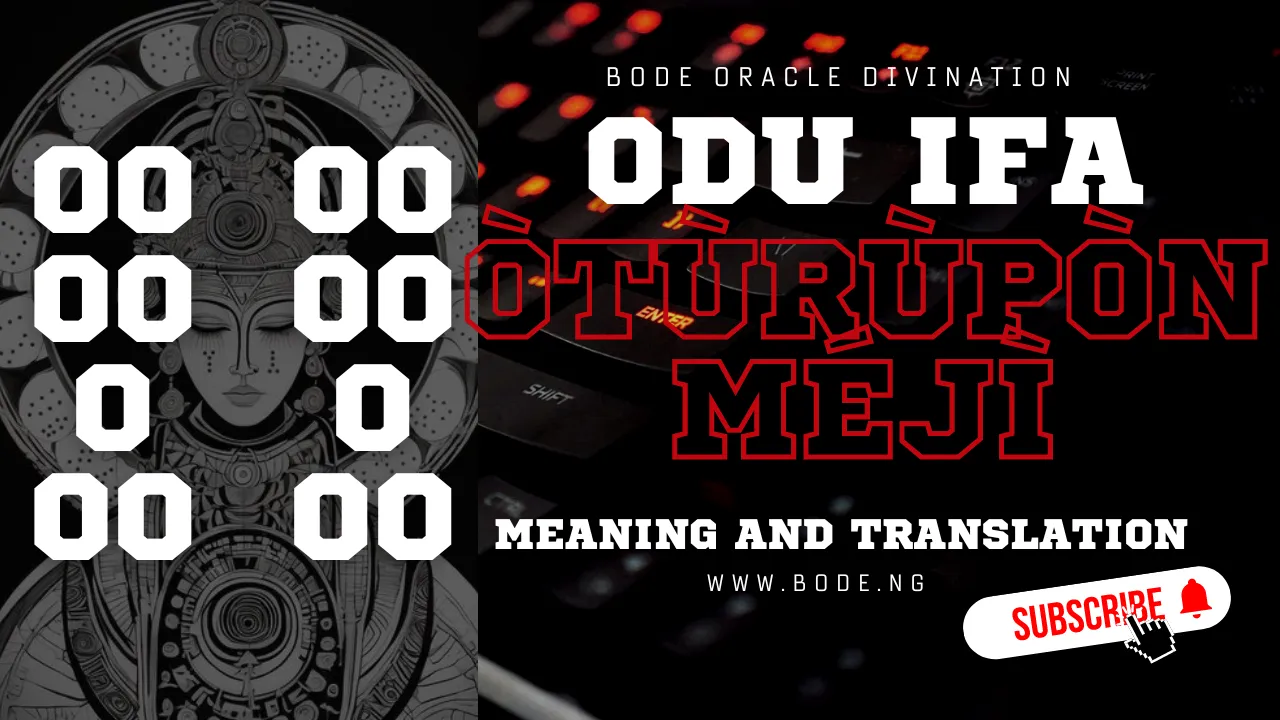Mastering the Yoruba alphabet is crucial because it forms the foundation for everyday conversation. Without understanding its structure, proper pronunciation becomes challenging even if you know how to write the words.
Accurate pronunciation of each letter greatly improves clarity when speaking Yoruba. The Yoruba alphabet is the written system for the Yoruba language.
Based on the Latin alphabet, it has evolved through various linguistic and orthographic advancements. This alphabet is deeply rooted in the cultural and linguistic traditions of the Yoruba people.
As European traders and missionaries began engaging with the Yoruba, they used the Latin alphabet to record the language.
Over time, adaptations were made to represent Yoruba’s unique phonetic and tonal characteristics, leading to a standardized script.
This standardization was a collaborative effort involving linguists and native Yoruba speakers who worked to create an orthography that captured the language's sounds and meanings.
The Yoruba alphabet not only promoted literacy and communication within the Yoruba community but also played a vital role in preserving and promoting Yoruba culture and heritage.
Read More
Iwe Odu Ifa by Ifayemi Awopeju Bogunmbe
Odu Ifa Signs And How They Are Cast
What Are the Characteristics of the Yoruba Alphabet?
The Yoruba alphabet consists of vowels, consonants, and tone markings, each essential for accurately conveying the sounds and pronunciation of the language.
Vowels
Vowels are a core component of the Yoruba alphabet, essential to its phonological and phonetic structure. The Yoruba alphabet includes seven vowels: a, e, ẹ, i, o, ọ, and u.
Each vowel has unique phonological significance, contributing to the language's distinct sound patterns. Their representation within the phonetic system is key to understanding the articulatory and acoustic properties that set them apart.
The phonetic qualities of Yoruba vowels are studied within the framework of vowel harmony, tonal variations, and syllable structure, which are foundational elements of the language's phonology.
Consonants
Consonants are a vital part of the Yoruba alphabet, enriching its phonological structure and contributing to the variety in its written form.
The Yoruba alphabet includes numerous consonant characters, each essential in shaping syllables and forming words. These characters include b, d, f, gb, j, k, and l, among others.
They play a key role in establishing the language’s phonemic inventory and phonotactic rules, influencing both pronunciation and written expression.
Tone Markings
Tone markings are essential in the Yoruba alphabet, using diacritical marks to capture the unique tonal patterns that define word pronunciation and meaning in the language.
The Yoruba language is known for its rich tonal system, with diacritical marks indicating high, mid, and low tones. These tones are crucial in Yoruba phonology, as altering a tone can change a word’s meaning entirely.
You Can Also Read More On
Brief History of Hermeneutics in Relation to Odu Ifa
How many letters are in the Yoruba Alphabet?
The Yoruba alphabet contains 25 letters, each following specific phonological rules that support accurate grapheme-to-phoneme (G2P) conversion in the language.
Each letter has unique phonological characteristics, with rules that guide pronunciation in various contexts, enriching Yoruba’s oral tradition.
G2P conversion is crucial for representing spoken Yoruba in written form, playing a key role in literacy and the preservation of the language within the community.
What Are the Similarities and Differences Between the Yoruba Alphabet and the English Alphabet?
Comparing the Yoruba alphabet to the English alphabet reveals both similarities and differences that shape their respective uses and linguistic representations.
Similarities
The Yoruba and English alphabets share similarities in their character sets and phonological structures, aiding in cross-linguistic understanding and learning.
Both alphabets include consonants and vowels, forming a foundational basis for language acquisition and comprehension.
These shared phonological patterns allow individuals familiar with one system to find parallels in the other, making it easier to recognize and connect sounds and symbols across the two languages.
This overlap can be especially helpful for bilingual speakers, as it facilitates smoother transitions between languages.
Differences
The Yoruba and English alphabets differ in pronunciation, orthographic conventions, and linguistic applications, creating unique patterns in language representation and use.
In terms of pronunciation, the Yoruba alphabet includes distinct phonetic sounds not found in English. Orthographic differences further influence how words and sentences are formed and read in each language.
These linguistic applications shape how ideas and emotions are expressed, reflecting the cultural nuances embedded in each language.
Recognizing these differences enhances our appreciation for the diversity and richness of language across cultures.
People Also Read
Opon Ifa The Ifa Divination Tray
Ifa Divination And How It Can Solve Your Problems
How Yoruba Alphabet Is Used in Writing
The Yoruba alphabet is essential for accurate writing, using specific syllable structures and diacritics to ensure phonological precision and linguistic coherence.
As a tonal language, Yoruba distinguishes meanings through oral and nasal sounds, which the written alphabet captures effectively.
Each character represents a syllable, giving Yoruba a syllabary-like structure rather than a typical alphabet, creating its unique written form.
Diacritics, like acute and grave accents, adjust letter sounds, enabling precise tonal transcription. These diacritics are vital for capturing the tonal depth of Yoruba speech, enhancing the linguistic clarity of written Yoruba.
Syllable Structure
The Yoruba alphabet is used in writing with a focus on specific syllable structures, following phonological rules that ensure accurate and cohesive linguistic expression.
Typically, each Yoruba syllable consists of a consonant followed by a vowel sound, creating a smooth blend of sounds that is characteristic of the language.
The writing system also places significant importance on tonal markers, represented by diacritics, which are essential for conveying correct pronunciation and meaning.
This emphasis on tone and syllable structure enhances the precision and depth of written Yoruba, supporting clear communication and the preservation of cultural identity.
Diacritics
Diacritics are essential in the Yoruba alphabet, enabling precise phonological representation and accurate linguistic expression. They help distinguish between similar-sounding words, ensuring clarity and expressive accuracy in the language.
By marking variations in vowel sounds, such as length or nasalization, diacritics provide a more detailed phonetic transcription, which is crucial for understanding and preserving the subtleties of Yoruba.
Additionally, diacritics capture the tonal patterns that differentiate meanings in Yoruba words, adding an important layer of linguistic precision and enriching the language’s complexity and depth.
Sounds of the Yoruba Alphabet
The sounds represented by the Yoruba alphabet consist of distinct vowel and consonant sounds that are essential for accurate pronunciation and phonological coherence within the language.
In its standard dialect, Yoruba has seven vowel sounds, with additional variations found in its regional dialects. Each vowel is pronounced clearly, and proper articulation is key to sounding native.
The consonant sounds in Yoruba are also marked by their clarity and precise articulation, adding to the language's phonological richness.
Grasping the phonetic nuances of the Yoruba alphabet enables learners to identify subtle variations in vowel and consonant pronunciation, ultimately improving their spoken proficiency.
Vowel Sounds
Vowel sounds in the Yoruba alphabet are of significant phonological importance, shaping the phonetic system and pronunciation patterns within the language.
The Yoruba alphabet includes seven vowels: /a/, /e/, /i/, /o/, /u/, along with the diphthongs /ai/ and /au/. These vowels are integral to the unique phonetic structure of Yoruba speech.
The placement of each vowel in a syllable and its interaction with consonants directly affect pronunciation. The complex phonological nature of Yoruba vowels also influences stress patterns, tonal variations, and the rhythm of the language.
Understanding these phonetic details is crucial for learners and researchers examining the linguistic features of Yoruba.
Consonant Sounds
Consonant sounds in the Yoruba alphabet are essential to the distinctive phonological patterns and pronunciation subtleties that shape the language’s oral expression and linguistic identity.
The Yoruba alphabet includes a variety of consonant sounds, each with unique articulatory characteristics and phonetic properties.
For example, the voiced alveolar fricative represented by the letter ‘s’ is pivotal in Yoruba’s phonological structure. Its pronunciation requires airflow through a narrow space between the tongue and the alveolar ridge, creating a distinctive sound.
Similarly, the voiceless palatal fricative sound, represented by ‘sh’, enhances the melodious quality of Yoruba speech, contributing to the language’s musicality.
How can I learn Yoruba language? Check out my detailed guide on how to learn Yoruba language here.



